Under innovative new plans unveiled today for the South Eastern franchise, the network will be the first in the country where a single director is responsible for a joint operation and infrastructure team.
This joint team will consist of the successful train operator and an arm of Network Rail and its relevant contractors.
Transport Secretary Chris Grayling today said the Government would also publish an invitation for tender in 2018 for the franchise on the Midland Mainline between London and Sheffield, which would also be operated by a joint team.
He added that a new East Coast Partnership, responsible for both intercity trains and track operations, would be set up over the next two years as a partnership between the public and private sectors, with responsibility for the lines between London, Yorkshire, North East and Scotland.
The private partner would have a leading role in defining future plans for route infrastructure.
Grayling also announced progress on a new development programme to identify opportunities to restore capacity lost to passengers under British Rail, as part of finding and funding future rail schemes which offer good value.
The government has already created one team to drive forward design, development and fund raising of East West Rail and he confirmed work was due to start on the next phase of the route in 2018.
Other proposals now in discussion include new suburban lines around Bristol, a freight route that runs through Central Birmingham, the line from Okehampton to Exeter and from Blyth to Ashington in County Durham.
Proposals will need to demonstrate a strong business case where they are seeking government funding.
The transport secretary said: The last few years have seen massive growth on Britain’s railways. This industry has reversed decades of decline under British Rail, delivered new investment and new trains, and doubled the number of passengers.
But now we need to build on that success by building a new model for the 2020s and beyond, one more able to deal with the huge rise in passenger numbers and the challenges of an increasingly congested network.”

.gif)



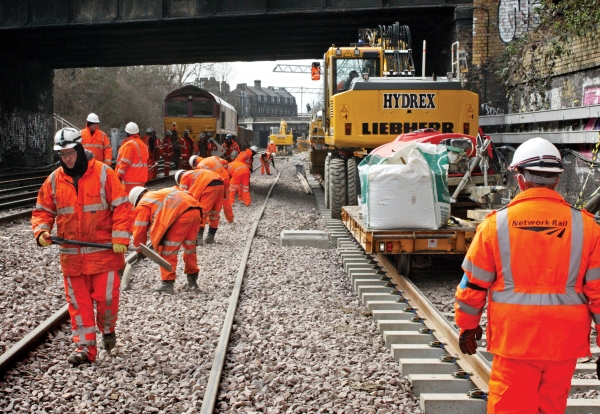







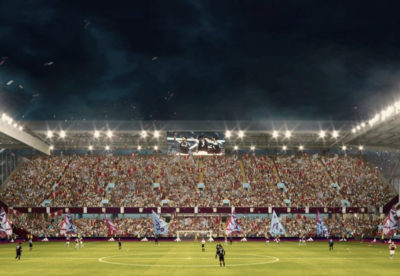


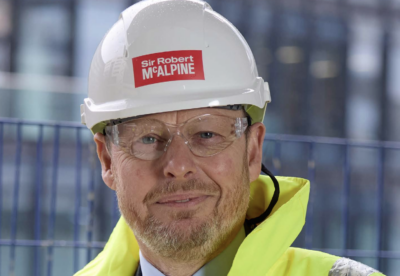



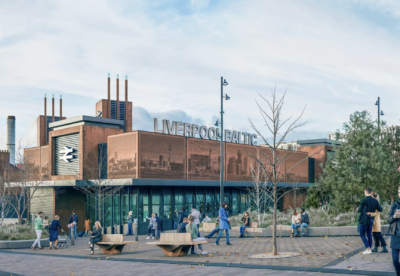




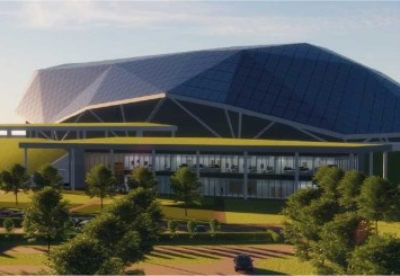


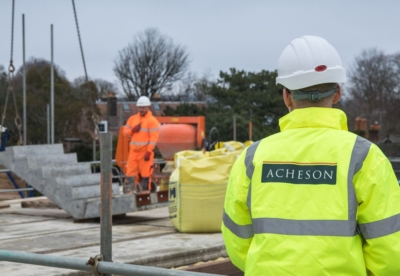


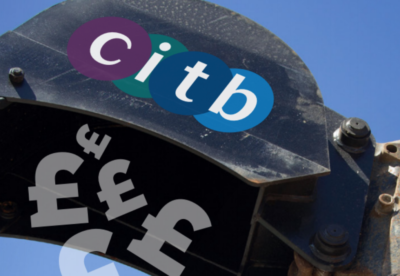
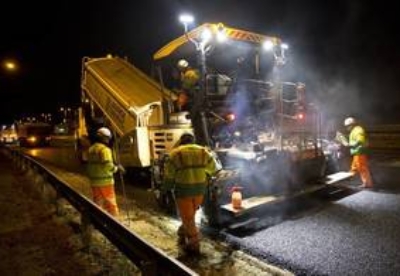
 (300 x 250 px).jpg)


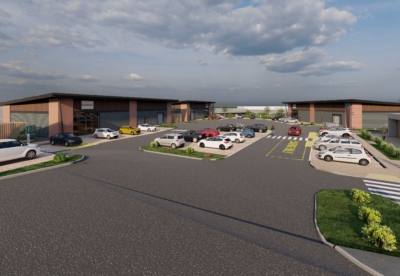


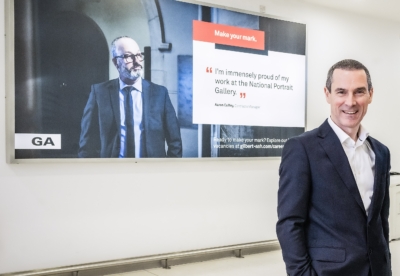
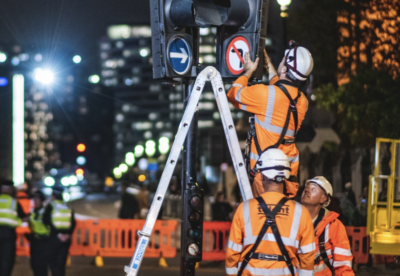













.gif)